| syllabus | timetable | projects | homework | clicker questions | weekly summaries | review | images | text |
Week 1 (Aug 23)
Week 2 (Aug 30)

|
|
|
| Emission | Absorption | |
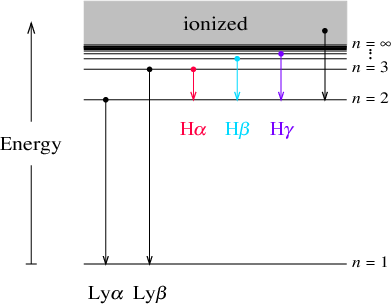
|

|

|
Week 3 (Sep 6)
|
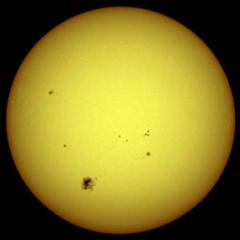
|
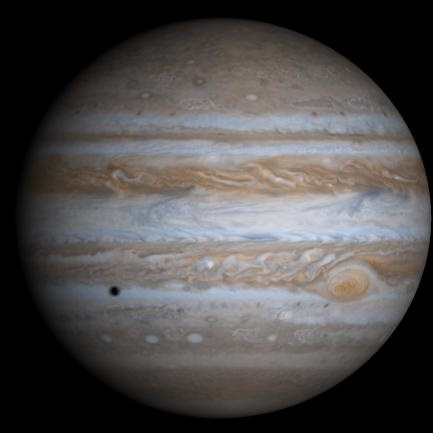
|
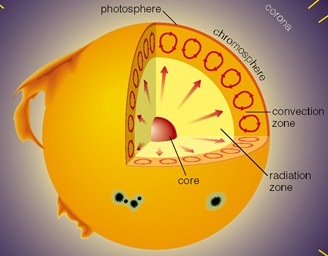
|

|
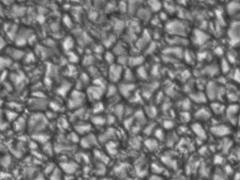
Animation (click on image for movie at original site) |

|
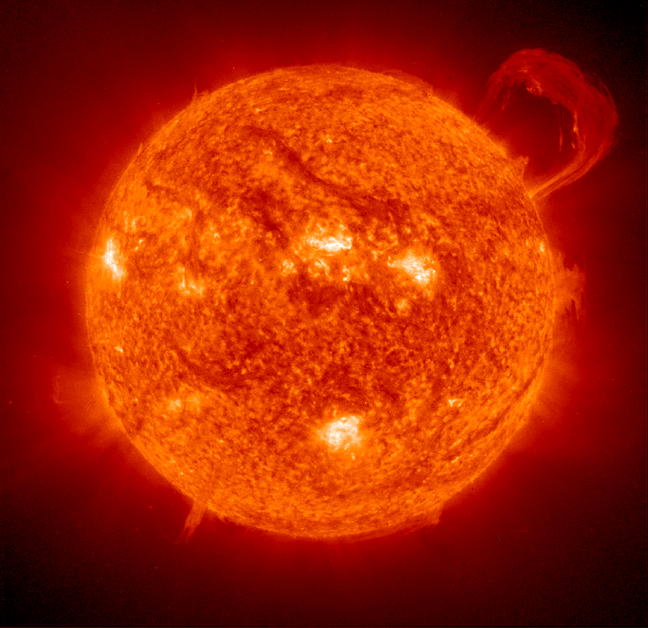
|

© 1996-2001 Wendy Carlos - All Rights Reserved |
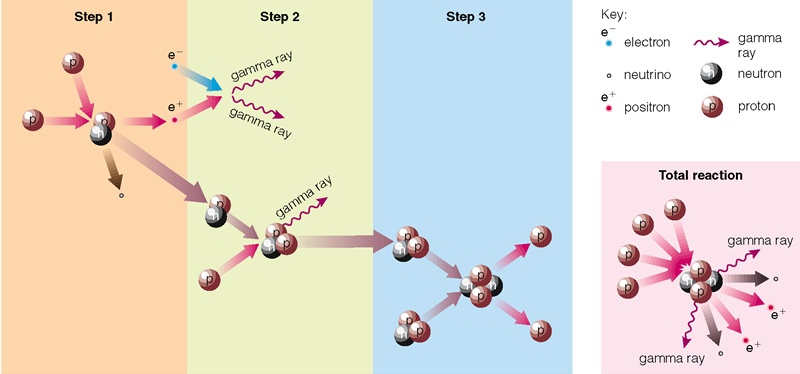
|

The Super-Kamiokande neutrino observatory being refurbished. |
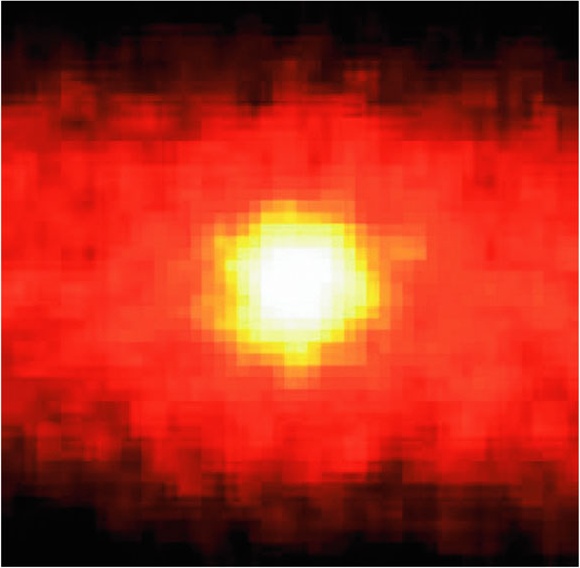
An image of neutrinos from the Sun observed by the Super-Kamiokande neutrino observatory. |
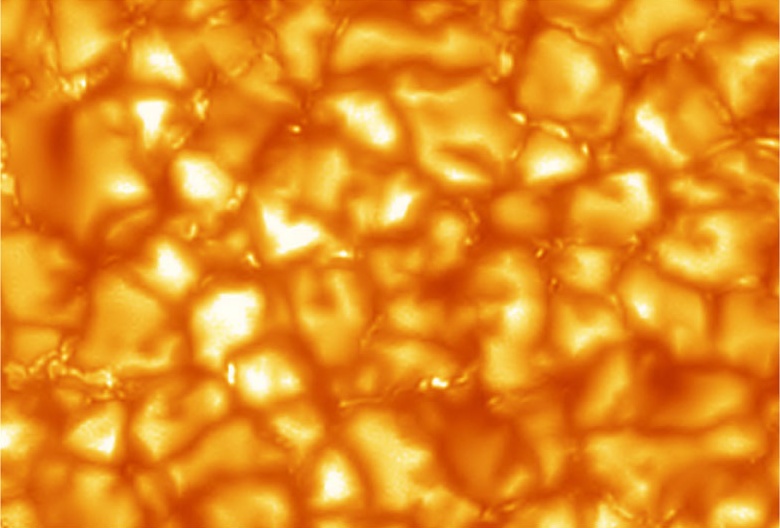
|
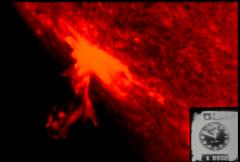
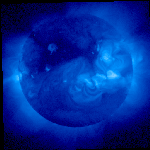
Movie of the Sun in soft x-rays, observed by the Yohkoh satellite. |

|

Animation (click on image for movie at original site) |
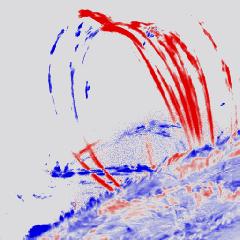
Animation (click on image for movie at original site) |
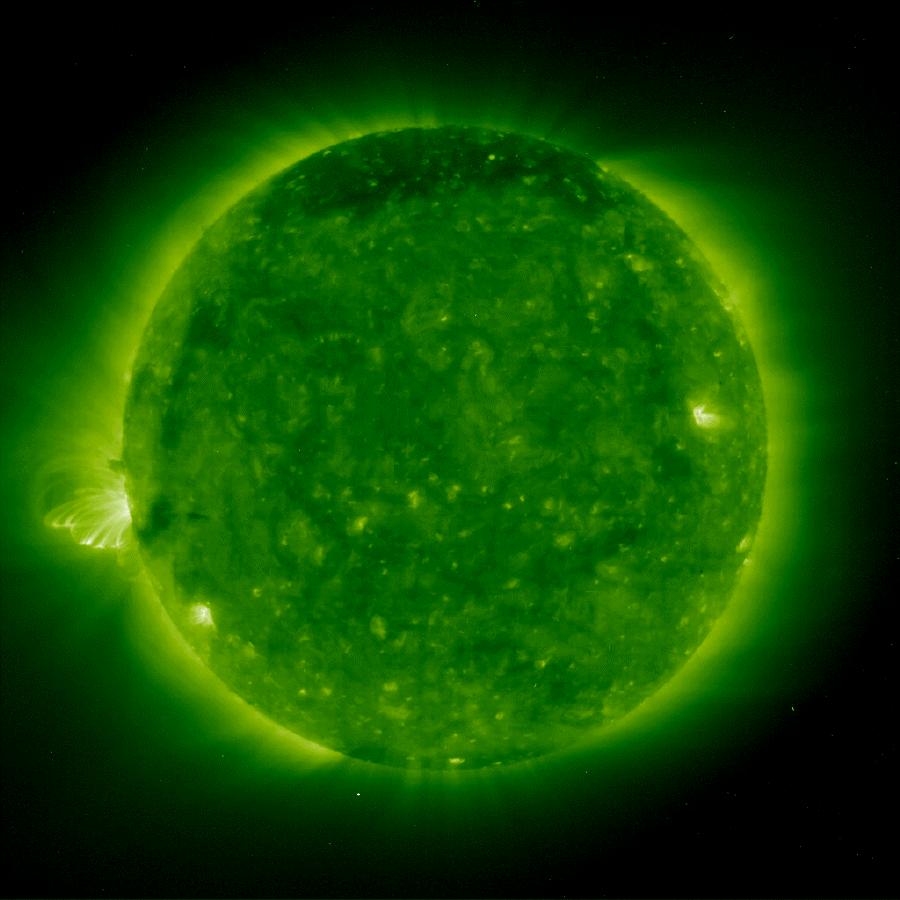
Animation (click on image for movie at original site) | |
Week 4 (Sep 13)
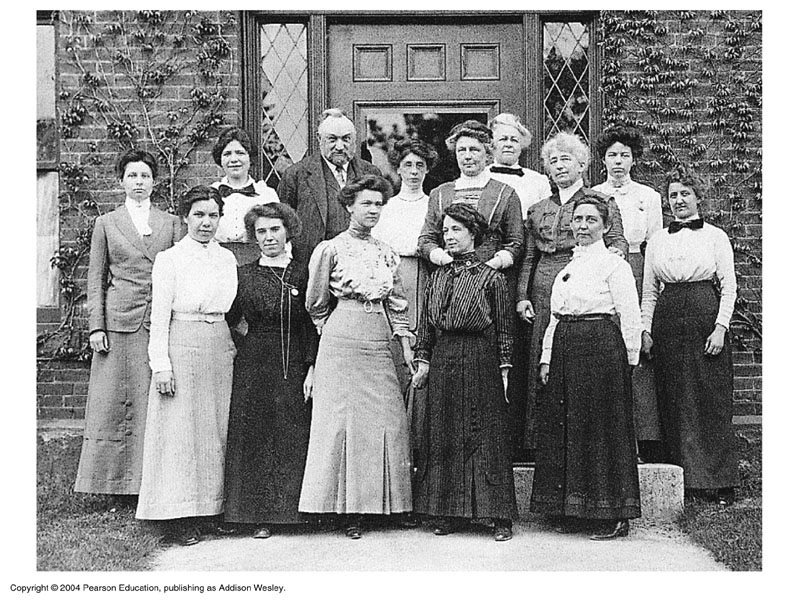
|
Famous mnemonic: Oh Be A Fine Girl, Kiss Me
|
|
|
|
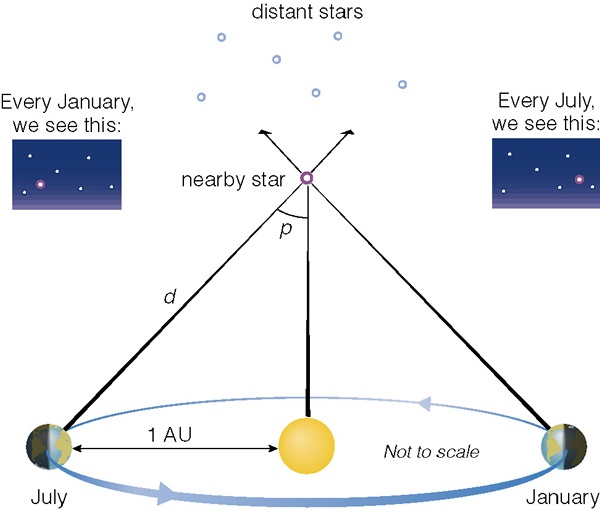
|
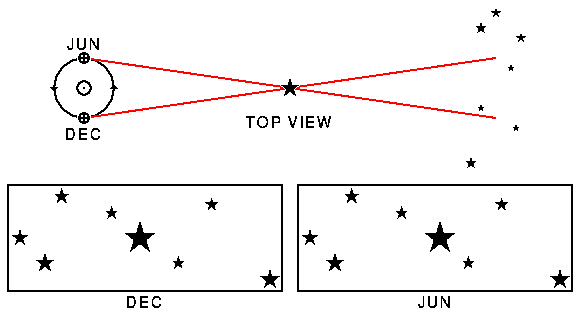
|
Stereo image illustrating parallax. |
|
The HR Diagram

|
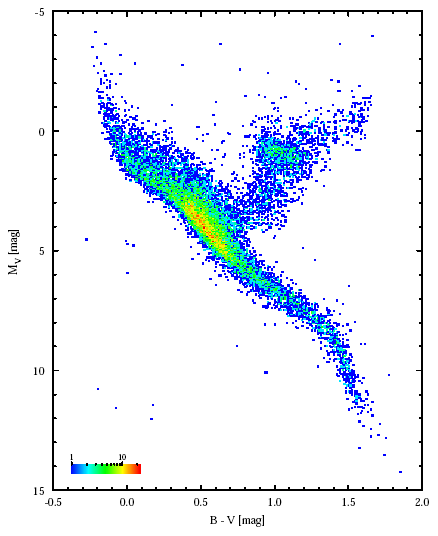
|
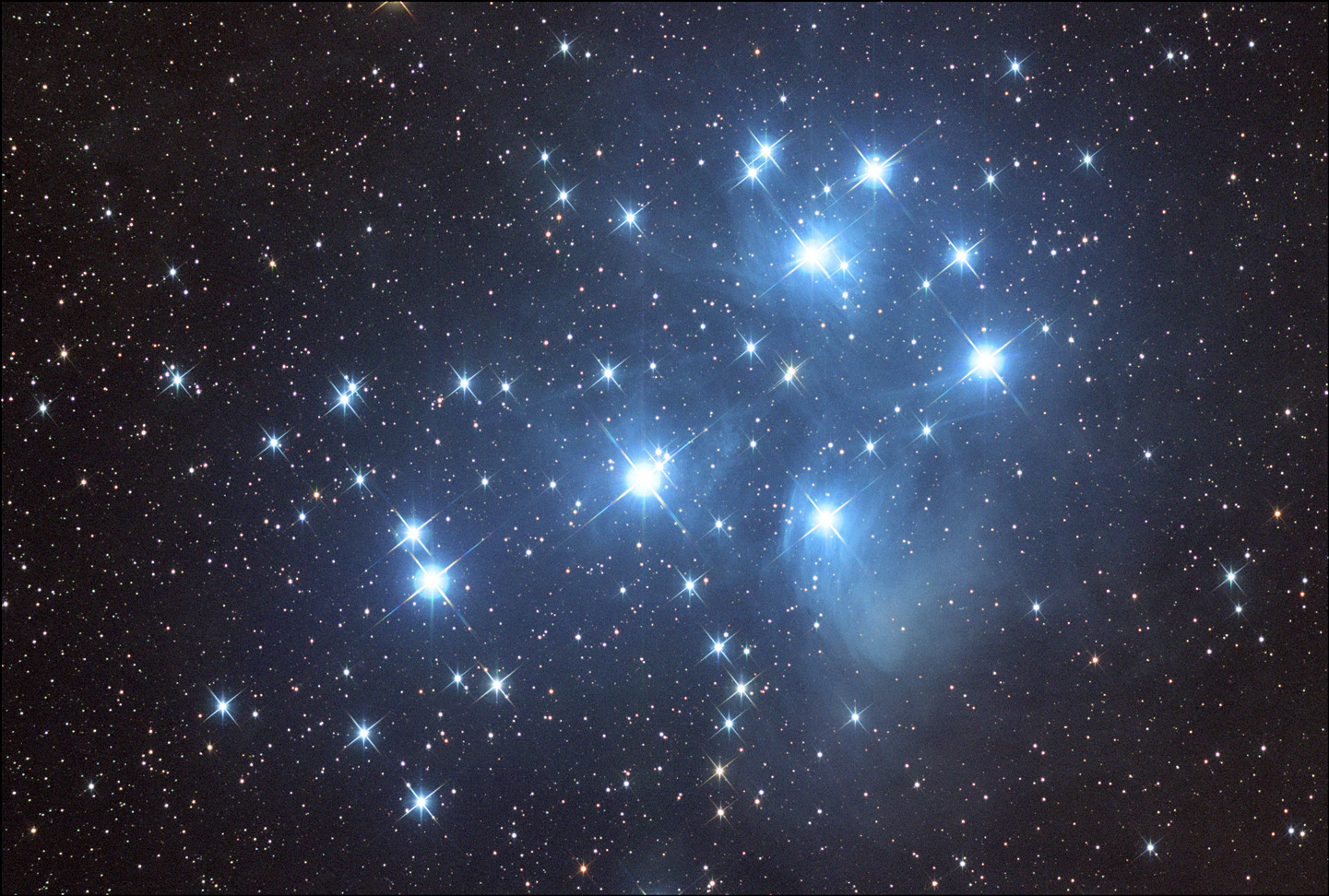
|
|
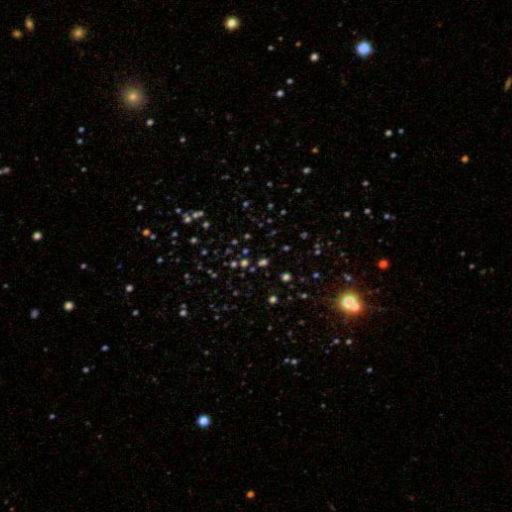
|
|
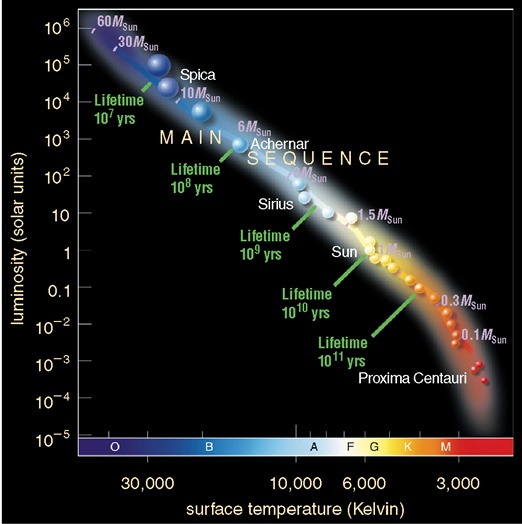
|
|
Week 5 (Sep 20)
Week 6 (Sep 27)
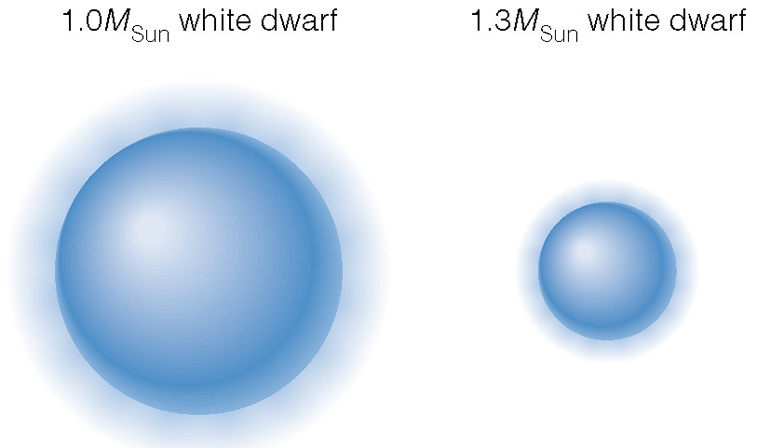
|
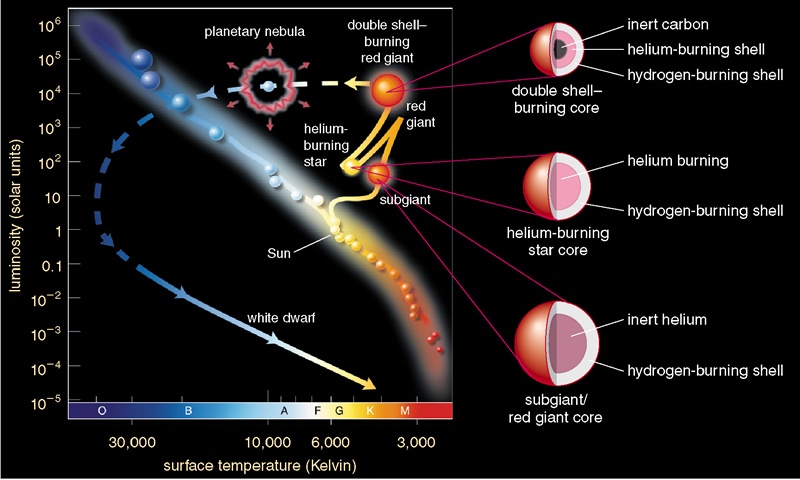
|

|
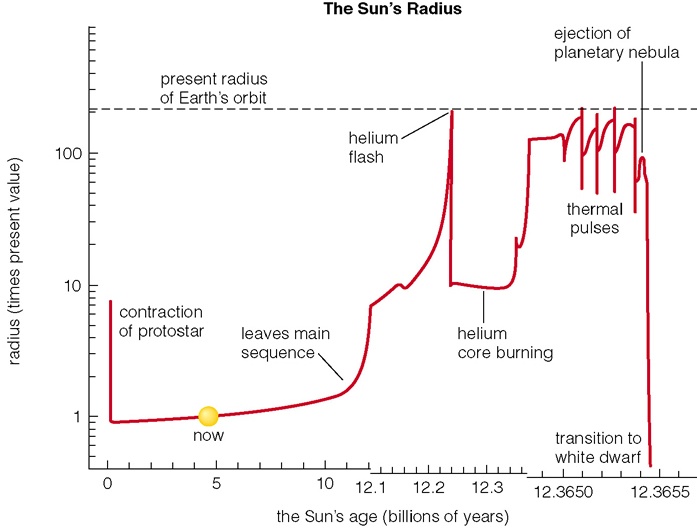
|
Supernovae

|
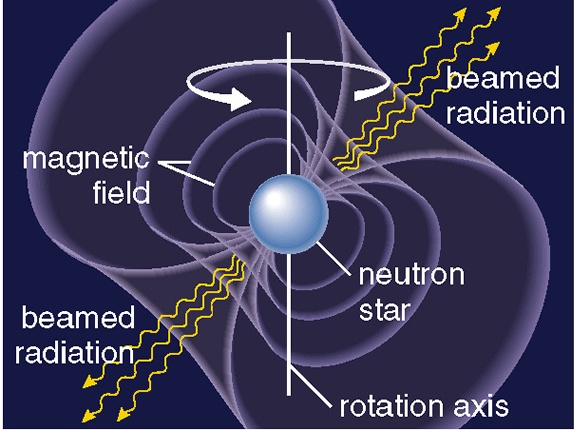
|
| Type: | Core collapse supernova | Thermonuclear supernova |
| Spectra: | Show H lines | Show no H lines |
| Where: | In star-forming regions, spiral arms | Anywhere in a galaxy |
| Ž | Young, massive star (> 8 solar masses) | Old white dwarf |
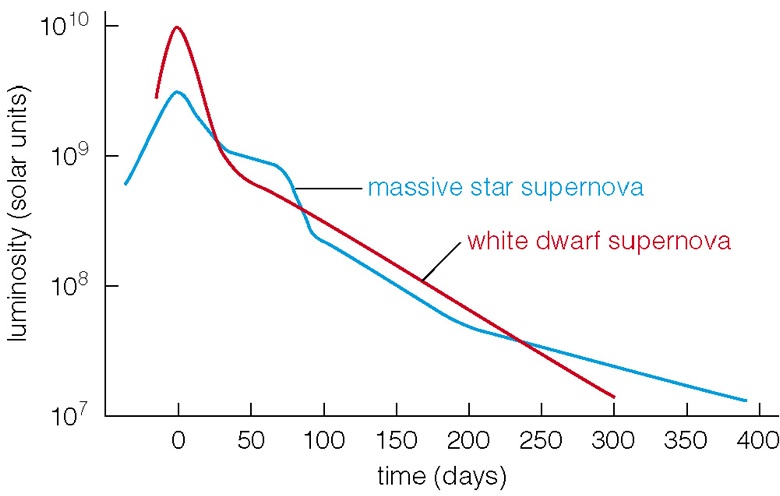
|
Core collapse supernova
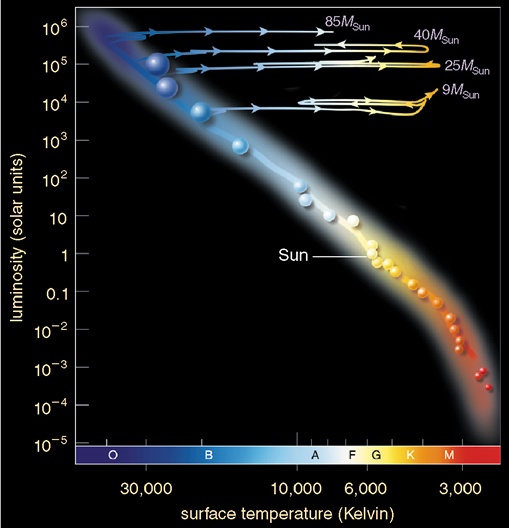
|
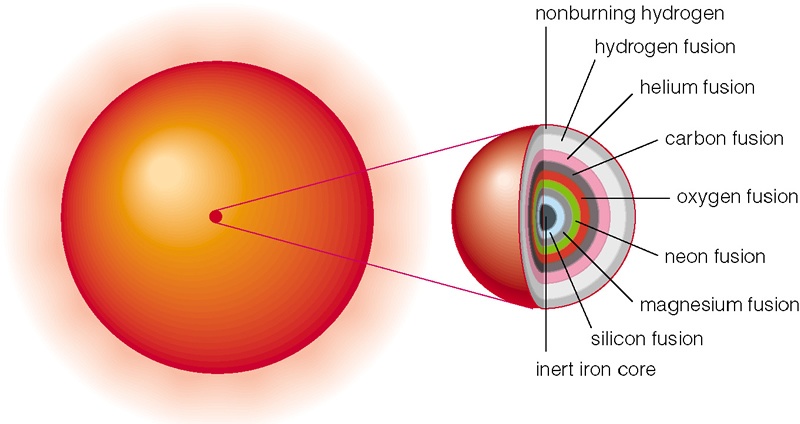
|
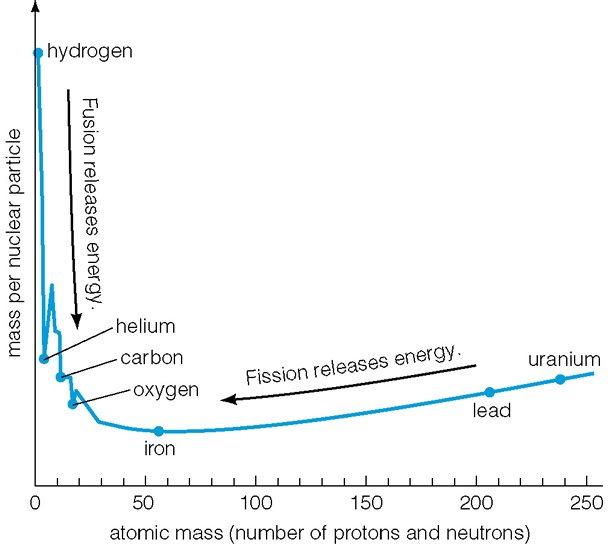
|
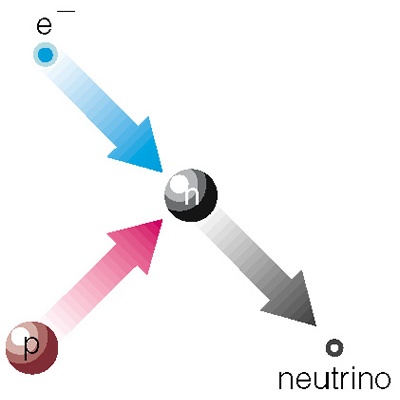
|
Thermonuclear supernova
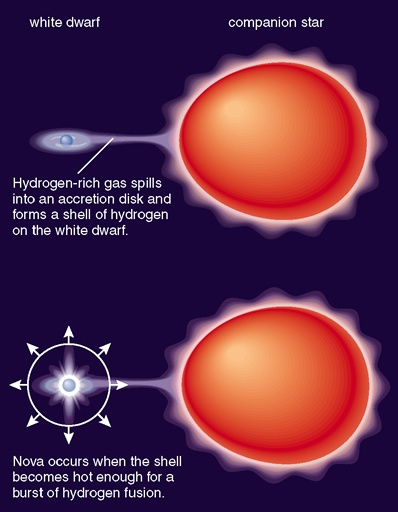
|
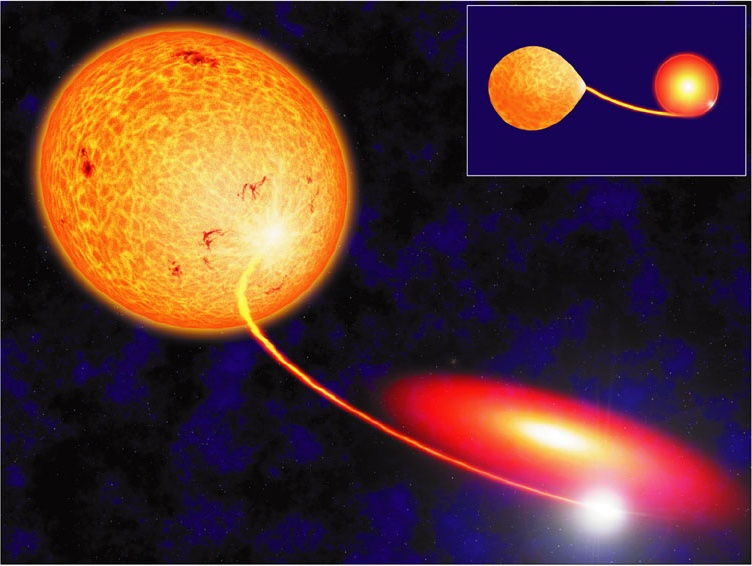
|
|
Week 7 (Oct 4)
Week 8 (Oct 11)
Fall break. We needed that!
Week 9 (Oct 18)
Special Relativity
Are these boxes the same?

|
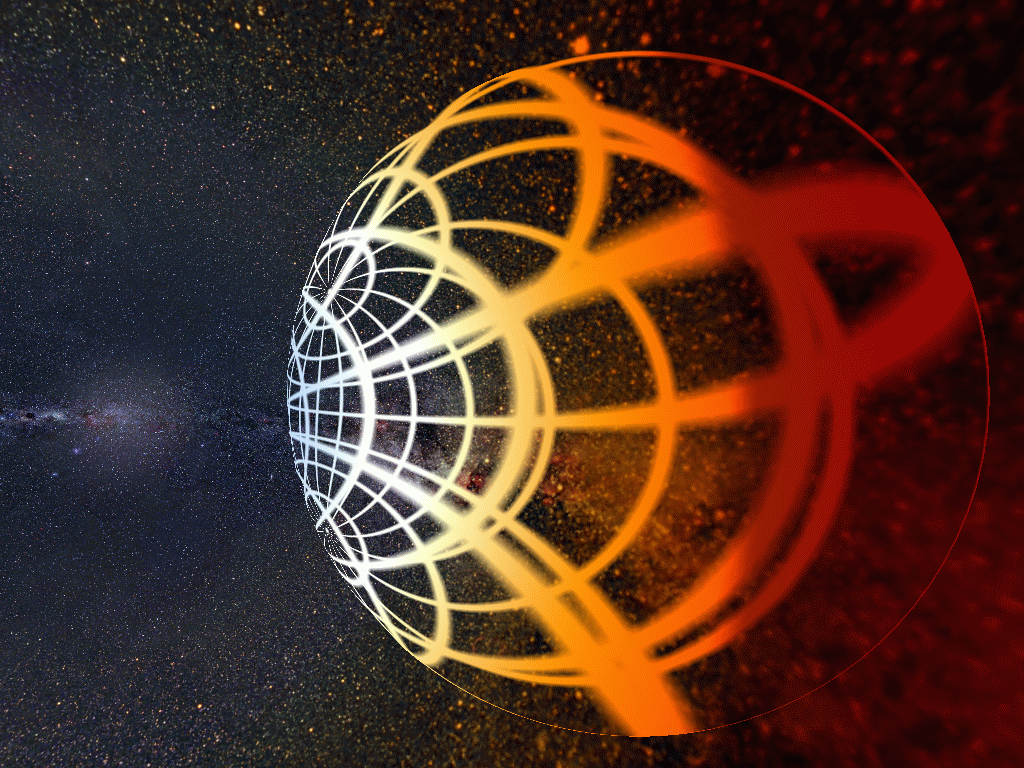
|
The rules of 4-dimensional perspective:
An observer moving to the right sees the "celestial sphere" distorted into a "celestial ellipsoid"
with self at the focus of the ellipse.
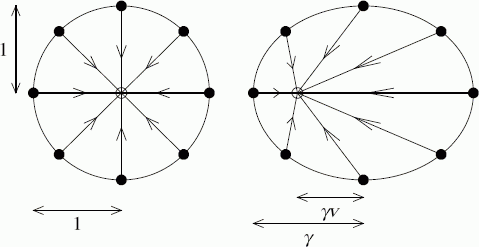
|
Black Holes in General Relativity

|
| The fish upstream can make way against the current, but the fish downstream is swept to the bottom of the waterfall. |
Week 10 (Oct 25)
Observational evidence for Black Holes
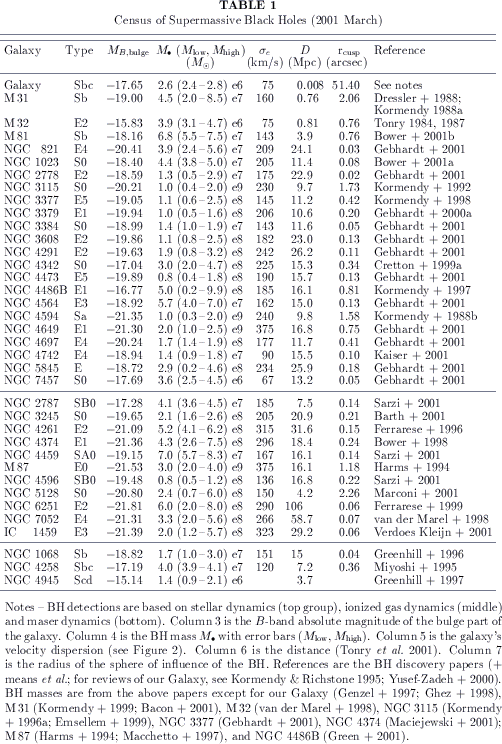
|
Week 11 (Nov 1)
History of understanding of our Galaxy, the Milky Way
Our Galaxy, the Milky Way
|
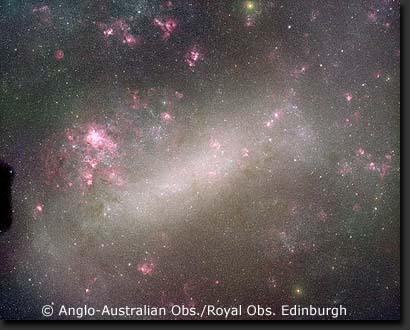
|

|
|

1-4 µm near infrared emission from stars penetrates most interstellar gas. |

1-5 nm X-ray emission from shock-heated hot gas. Point sources are mostly x-ray binaries. |

21 cm radio emission from warm diffuse atomic hydrogen gas. |

2.6 mm radio emission from carbon monoxide reveals cool dense molecular gas. |
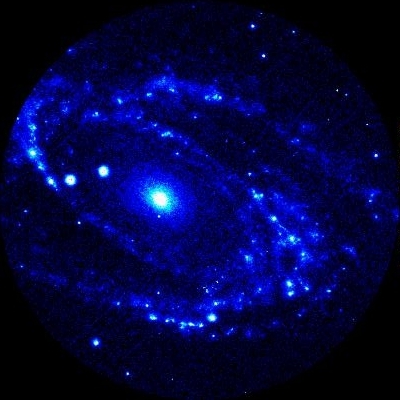
Ultra-violet shows hot young stars, in star-forming spiral arms |
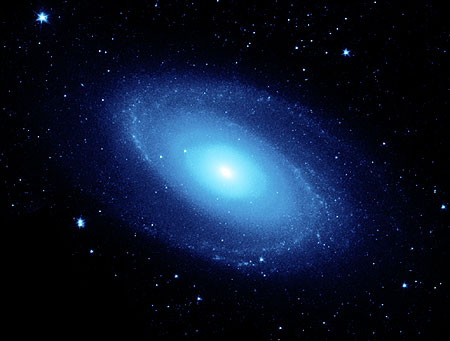
3.6 µm near infrared shows stars distributed throughout the galaxy |
|
Week 12 (Nov 8)
Galaxies
|
|
| |||||||||
|
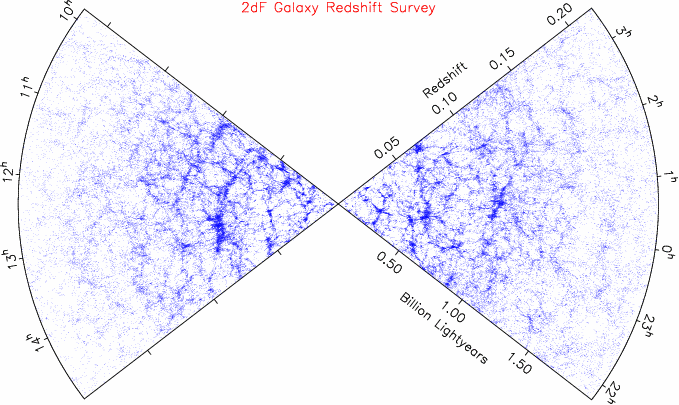
|
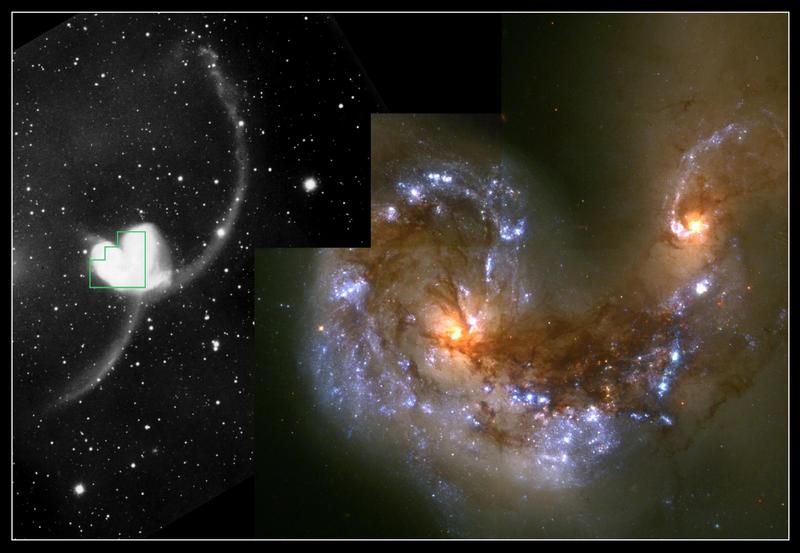
|
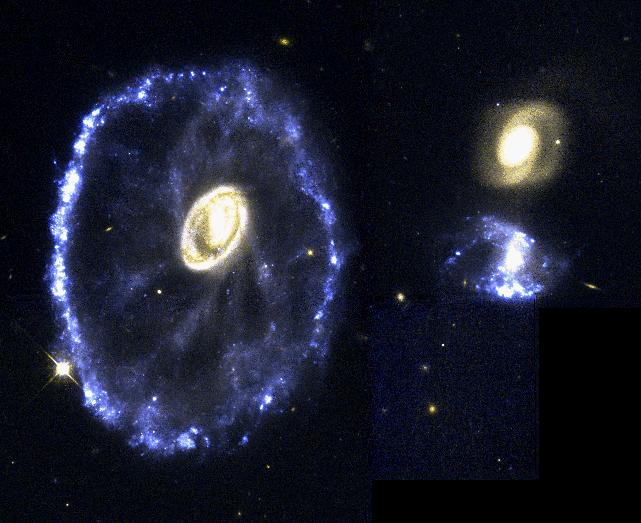
|
Dark Matter
| Substance | Properties | Fraction of the mass-energy of the Universe | Main observational evidence |
|---|---|---|---|
| Dark Energy | Gravitationally repulsive. Could be quantum mechanical vacuum energy? | 70% | Hubble diagram of high redshift thermonuclear supernovae. |
| Non-baryonic Dark Matter | Heavy, weakly interacting particles not yet discovered in the lab. Maybe will be found by the next particle accelerator (the Large Hadron Collider at CERN)? | 26% | The clustering of Galaxies compared to the Cosmic Microwave Background (see below). |
| Baryonic Matter | Atoms. The kind of stuff that you and planets and stars are made of. From Greek baryos = heavy (referring to protons and neutrons). | 4% | The primordial abundances of light elements (H, D, 3He, 4He, Li). |
| Neutrinos | Light, weakly interacting particles, that fly freely through the Earth without stopping. | < 1% | Upper limits on neutrino masses. |
| Photons | Mostly the Cosmic Microwave Background. | 0.006 % | We see it! |
| Total: | 100% | CMB indicates that the Universe is flat (see below). | |
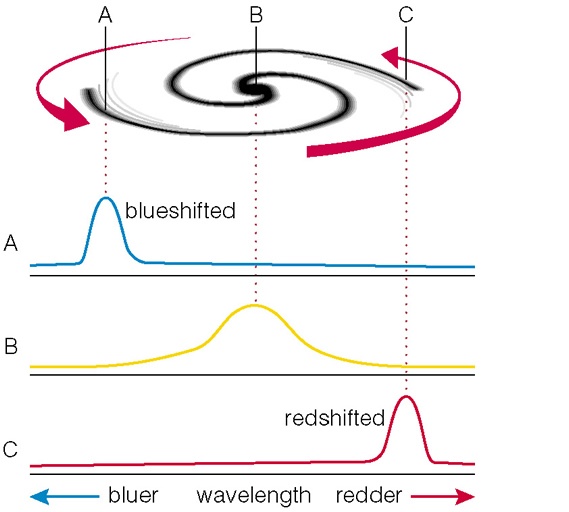
|
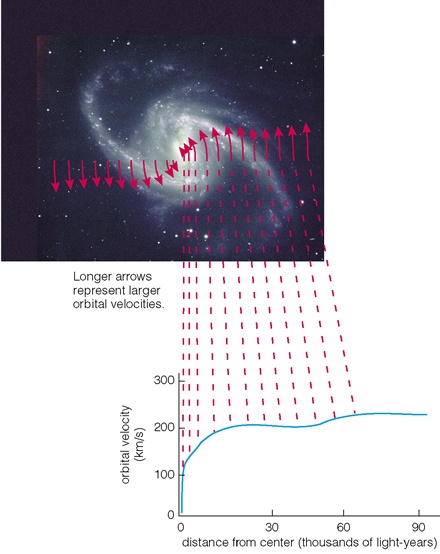
|
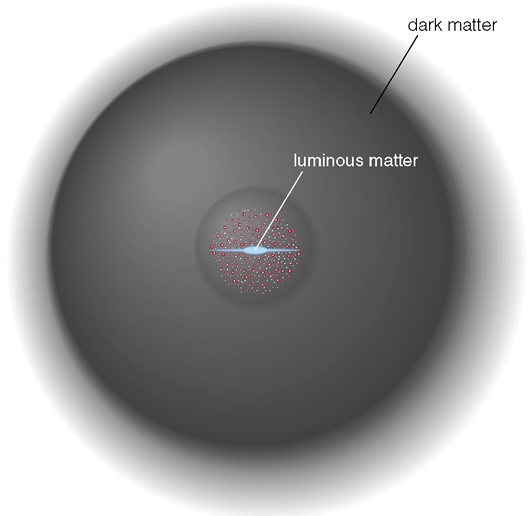
|

|
Cosmic Microwave Background
| Before Recombination | After Recombination |
|---|---|
| ionized | neutral |
| opaque | transparent |
| vibrating photon-bayronic fluid | baryons start collapsing into galaxies |
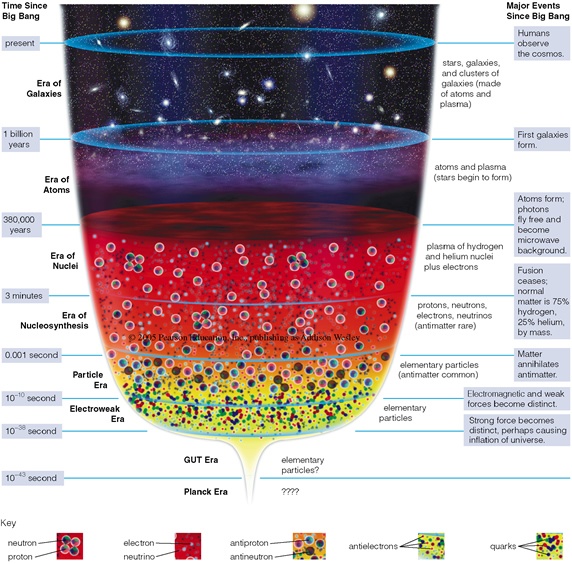
|
Week 13 (Nov 22)
Week 14 (Nov 29)
Cosmology
|
|
|
| Geometry: | Closed | Flat | Open |
| Spatial curvature: | Positive | Zero | Negative |
| Density: | > critical | = critical | < critical |
| W: | > 1 | = 1 | < 1 |
| (Circumference/radius) of a circle: | < 2p | = 2p | > 2p |
| Sum of interior angles of a triangle: | > 180° | = 180° | < 180° |
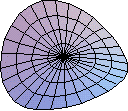
|

|
|
| ||||||
|---|---|---|---|---|---|---|
|
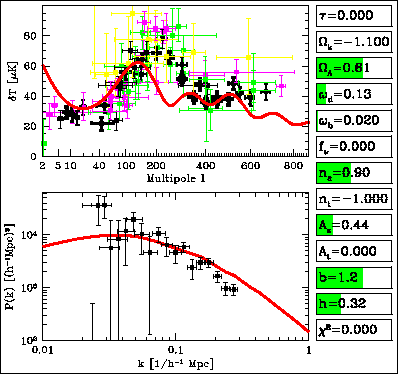
| |||||
|
| ||||||
|---|---|---|---|---|---|---|
|
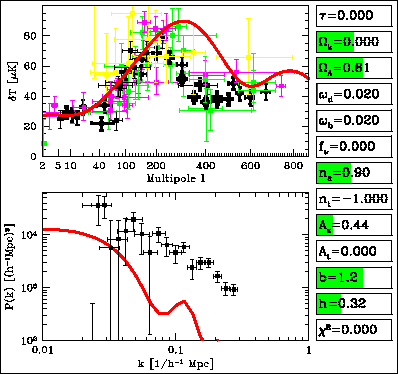
| |||||
|
|
Inflation
Remarkably, the theory of Inflation offers a solution to all of these problems.

|
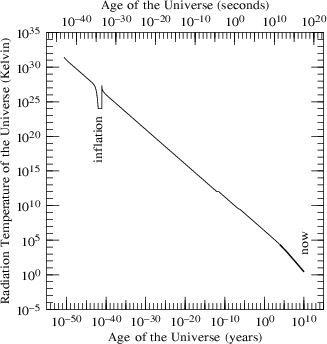
|
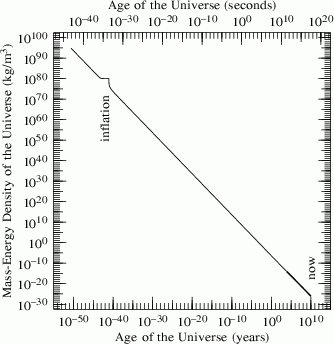
|
| Vacuum energy ® Matter + radiation energy |
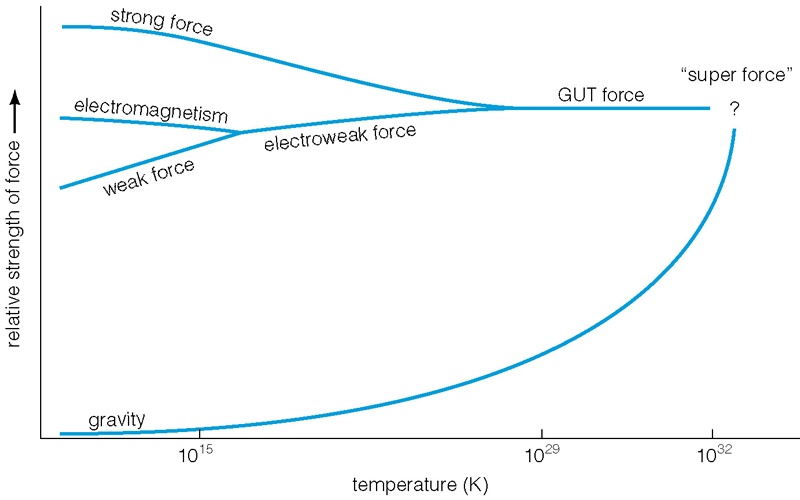
|
![]() Fall 2005 ASTR 1120-001 Homepage
Fall 2005 ASTR 1120-001 Homepage
| syllabus | timetable | projects | homework | clicker questions | weekly summaries | review | images | text |
Updated 2005 Dec 1